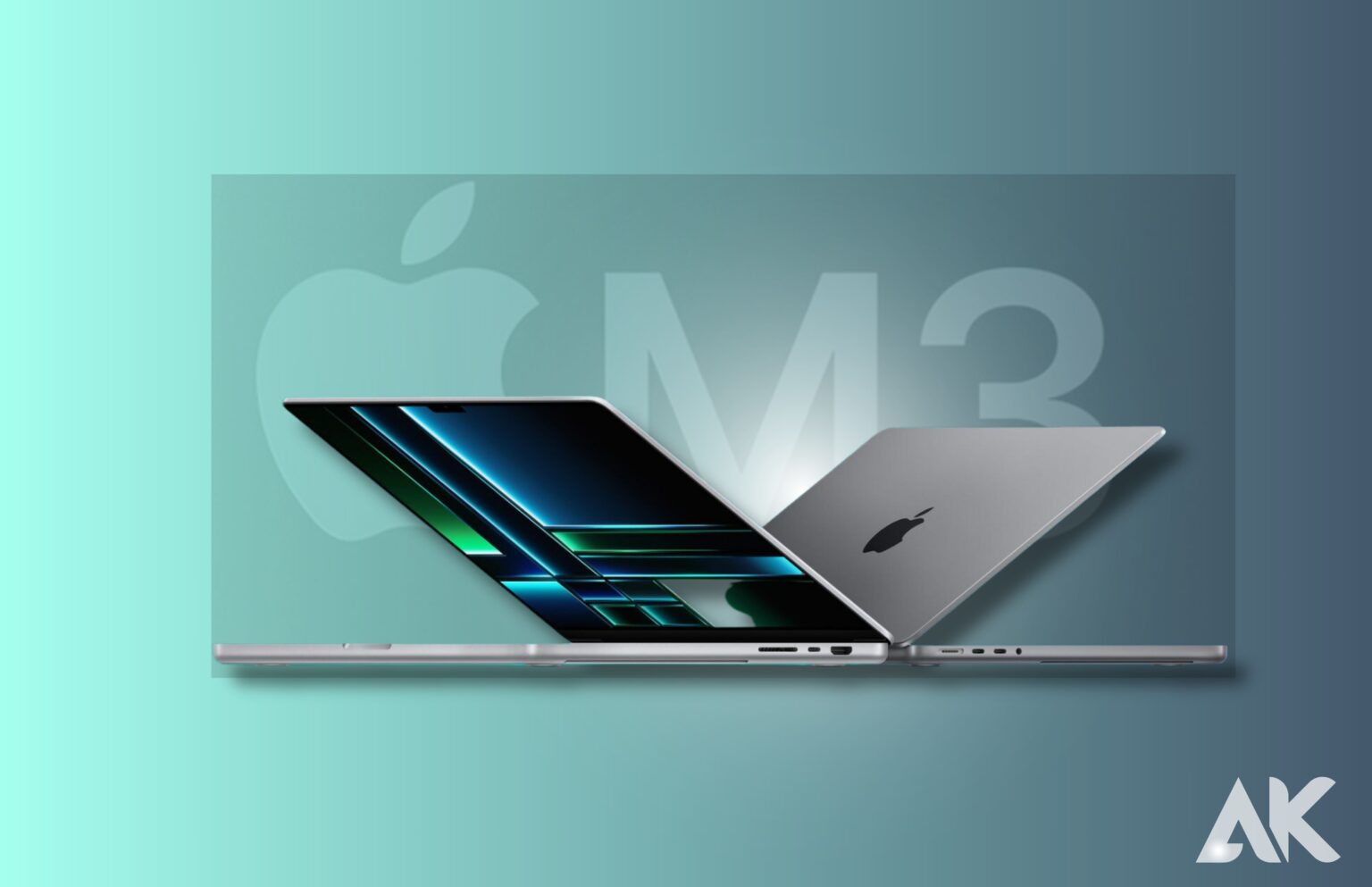The “M3” series of Apple silicon chips, which are slated to launch in late 2023 or early 2024, are currently being developed by the company. The M3 chips will be faster and more effective than ever before, thanks to new TSMC chip manufacturing technology.
This article contains all of the information we currently know about Apple’s future M3 chips, and it will be updated when new information becomes available.
Key insights
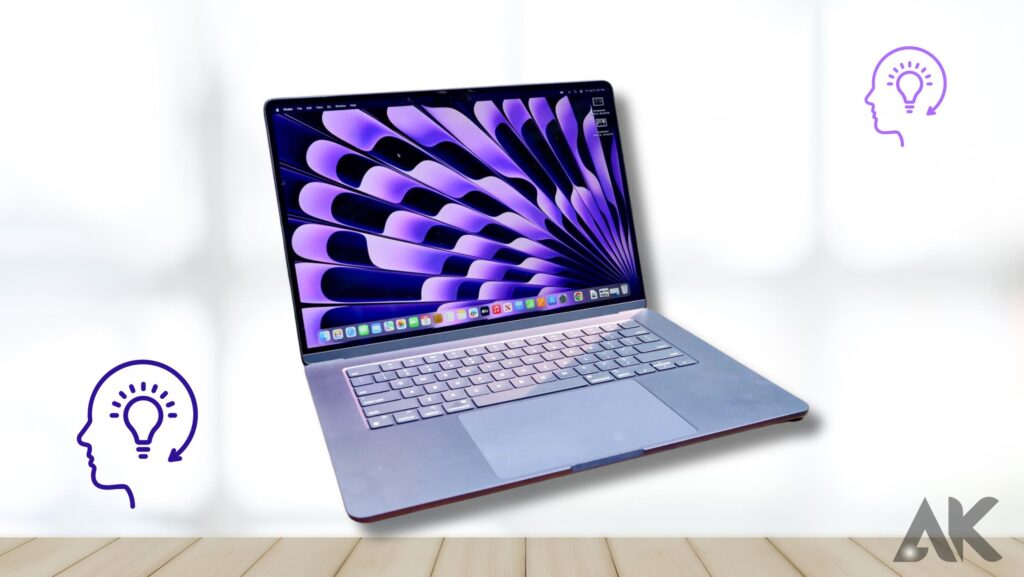
In 2023, there will be a brand-new MacBook Pro M3 model, which is an exciting update for Apple lovers.
It’s possible that the next MacBook Pro M3 will have an entirely different design that is slimmer than the 14- and 16-inch models but has fewer extra ports.
The new MacBook Pro is anticipated to perform significantly faster than the original M1 Apple silicon, by about 70%.
Questions are raised concerning the timeframe and potential adjustments to Apple’s chipset strategy as a result of the release of the MacBook Pro M3 before the end of the year.
At the end of September 2023, the YouTuber will offer a giveaway with three prizes, including AirPods Pro, Apple Watch SE, and Apple Watch Ultra.
It is anticipated that the new MacBook Pro M3 will have a fresh design that draws inspiration from both the MacBook Pro and MacBook Air models.
The 10-core CPU and 12-core GPU of the M3 chipset in the MacBook Pro promise users improved performance and speed.
3-Nanometer Technology
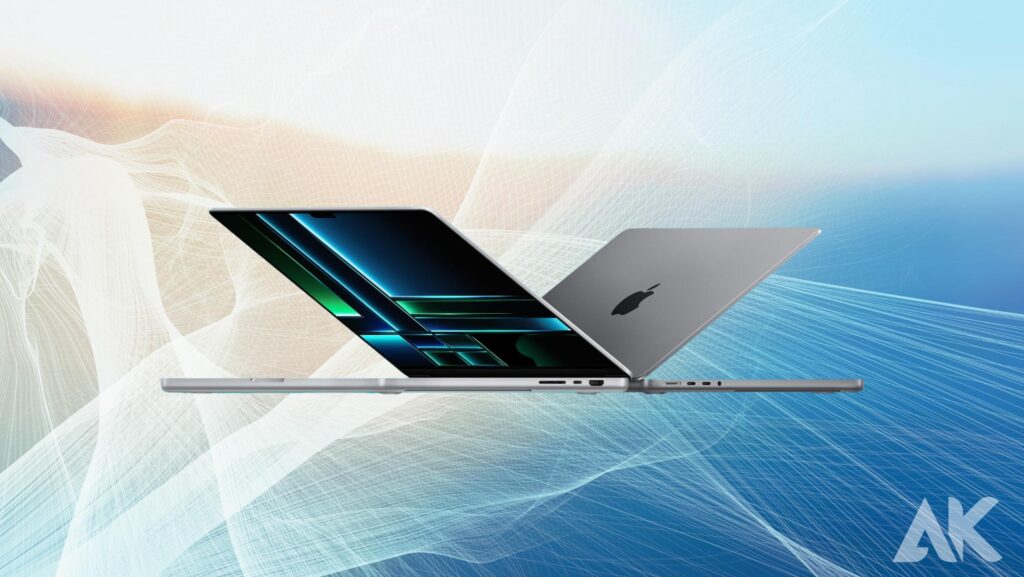
The M3 chips will feature TSMC’s most recent 3-nanometer chip technology, which will replace the 5-nanometer technology now used in the M-series chips. More transistor density results from a reduced node size, which boosts performance and efficiency. Longer battery life for Macs in the M-series would be made possible by 3nm CPUs, which might have up to 35% greater efficiency.
One of the few semiconductor manufacturers capable of producing 3nm chips is Apple supplier TSMC, and because the technology is so young, rumours say that even TSMC’s yield rates are currently only above 55%. The transition to 3 nm by Apple will be the first node update since the release of the 5 nm M1 chip in 2020, and it will result in a more significant performance improvement than the M2 did.
Macbook Pro-M3
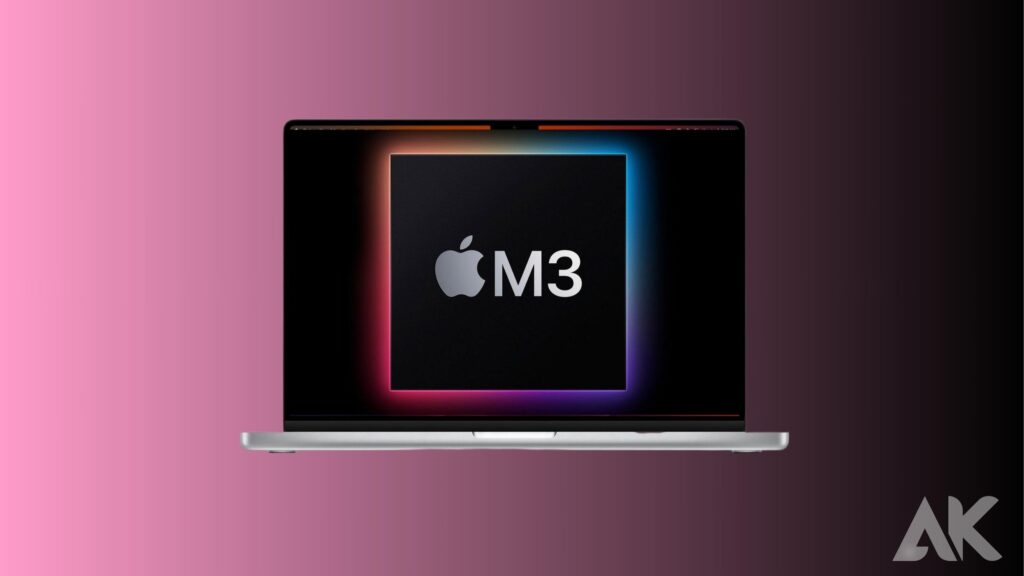
Apple has so far used regular “M1” and “M2” CPUs in its MacBook Pro and MacBook Air models that are priced lower, while MacBook Pro models that are priced higher employ “Pro” and “Max” chips. Apple’s “Ultra” CPUs are used in the Mac Studio and Mac Pro.
Lower-end M3 chips might be found in Apple’s entry-level computers if it sticks with this chip naming convention, while M3 Pro, M3 Max, and M3 Ultra chips could be found in higher-end Macs.
Macbook M3: A Look at the Next-Generation Specs
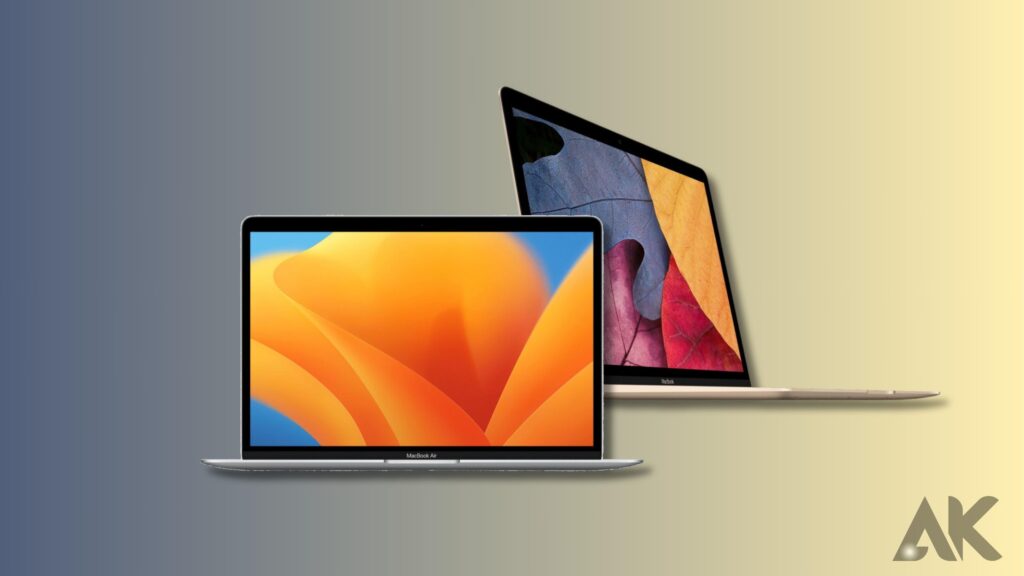
Rumours concerning the features of Apple’s forthcoming M3 Macs are circulating as the October release date approaches. These next-generation computers are anticipated to include an 8-core CPU and 10 GPUs in addition to the same number of cores as the current M2 chips, according to recent rumours. Here is everything we know so far about the M3 processor, which could lead to a new Mac mini model.
An article from Bloomberg’s “Power On” newsletter by Mark Gurman shed light on what would be an interesting development for Apple’s Mac line. According to reports, the business is testing a Mac model with the model number “Mac15,12,” which has a 10-GPU, 24GB of RAM, an M3 chip, an 8-core CPU with four high-performance cores and four efficiency cores. This would look quite similar to the current M2 Mac mini but would have the updated M3 chip for better performance.
There are rumours about six distinct types of M3-powered Macs in addition to the M3 Mac mini. The existence of the 13-inch and 15-inch MacBook Airs, the 13-inch MacBook Pro, the iMac, the 14-inch and 16-inch MacBook Pro, as well as third-party developer logs that Bloomberg acquired, have been made known.
Conclusion
Apple is set to release the “M3” series of M-series Apple silicon chips in late 2023 and 2024, featuring updated TSMC chip manufacturing technology. The M3 chips are expected to have a significantly faster and more efficient design, with a 10-core CPU and 12-core GPU, promising enhanced performance and speed for users. The new MacBook Pro M3 model is expected to have a significant speed increase of around 70% over the original M1 Apple silicon.
Apple supplier TSMC is one of the only chip companies that can make 3nm chips, with rumours suggesting that even TSMC’s yield rates are just above 55% right now due to the technology’s newness. The M3 chips could be used in lower-end machines, while higher-end Macs could get the M3 Pro, M3 Max, and M3 Ultra chips. Rumours suggest that Apple is testing a Mac model, identified as “Mac15,12,” equipped with the M3 chip, an 8-core CPU, 10-GPU, and 24GB of RAM.
FAQS
What are MacBook Pro features?
The UHS-II SDXC card slot, an HDMI 2.1 port that supports a 4K display at up to 240Hz or an 8K display at up to 60Hz, a 3.5mm headphone jack with added support for high-impedance headphones, and three Thunderbolt 4 (USB-C) ports with speeds of up to 40 GB/s are all features shared by the 14-inch and 16-inch MacBook Pro models.
Is the M3 MacBook good?
Performance of the M3 Pro MacBook Pro
More performance and efficiency cores can be crammed into one of the chips. That is a huge increase in the number of cores, which will result in significantly better performance on both chips.
Will there be a M3 MacBook Pro?
According to Mark Gurman of Bloomberg, Apple’s M3 MacBook Pro could debut at the start of 2024, with the M3 MacBook Air following a few months later.
What is the M3 MacBook?
M3 MacBooks will be available in 2024!
The M3 Pro processor is rumoured to be in the 14-inch MacBook Pro, while the M3 Max chip may be in the 16-inch MacBook Pro. The engineering verification test, or EVT, stage of the M3 MacBook Air with 13-inch and 15-inch screen sizes is underway, and a summer 2024 release is anticipated.

